AARP Hearing Center

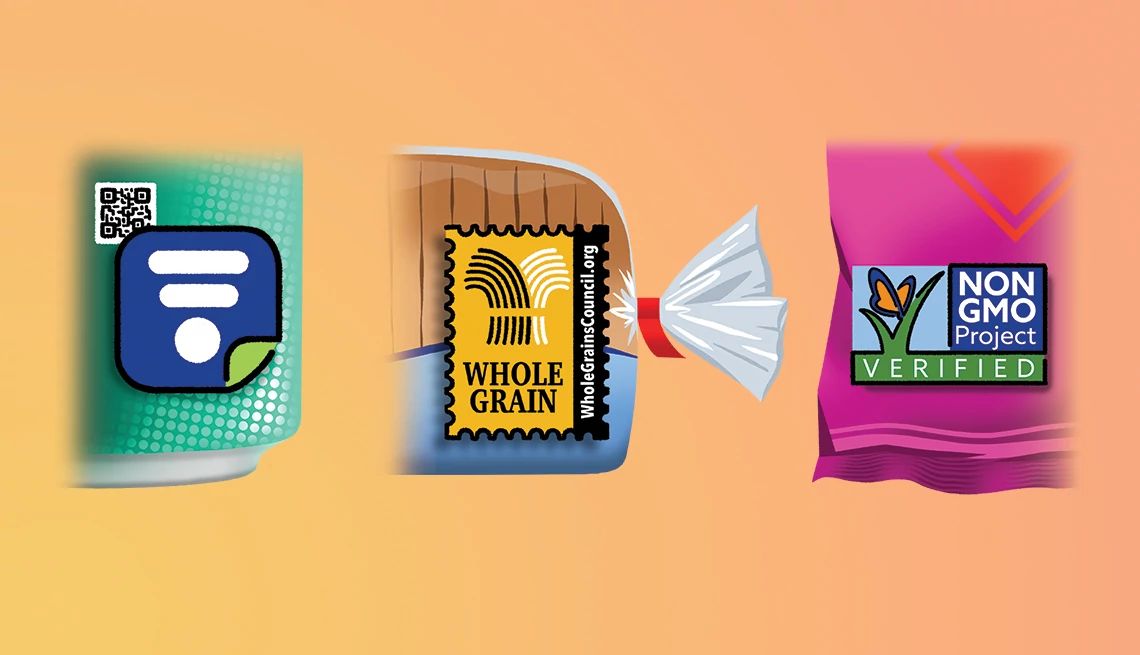
I’m one of those annoying shoppers who stand in supermarket aisles squinting at labels. A can of soup, a box of cereal — to me, every package is a good read.
As I hunt for nutritious food, I see official-looking symbols on many labels. They look reassuring, but that might just be the “health halo” effect, says Eva Greenthal, a scientist at the Center for Science in the Public Interest (CSPI): A stamp or a seal can make foods seem like good choices even if they’re loaded with added sugars, sodium and saturated fats.
Here’s how to decode five common labels you’ll find on food packages — plus, a look at a new effort from the federal government that aims to remove some of the confusion consumers can experience when shopping for healthy options.


1. SmartLabel
Use your smartphone to scan the QR code next to this logo to get detailed product info. When I scanned a box of cake mix, I found an easy-to-read list of ingredients, nutrition facts, allergens and a disclosure that the product contains bioengineered ingredients, also known as genetically modified organisms (GMOs).

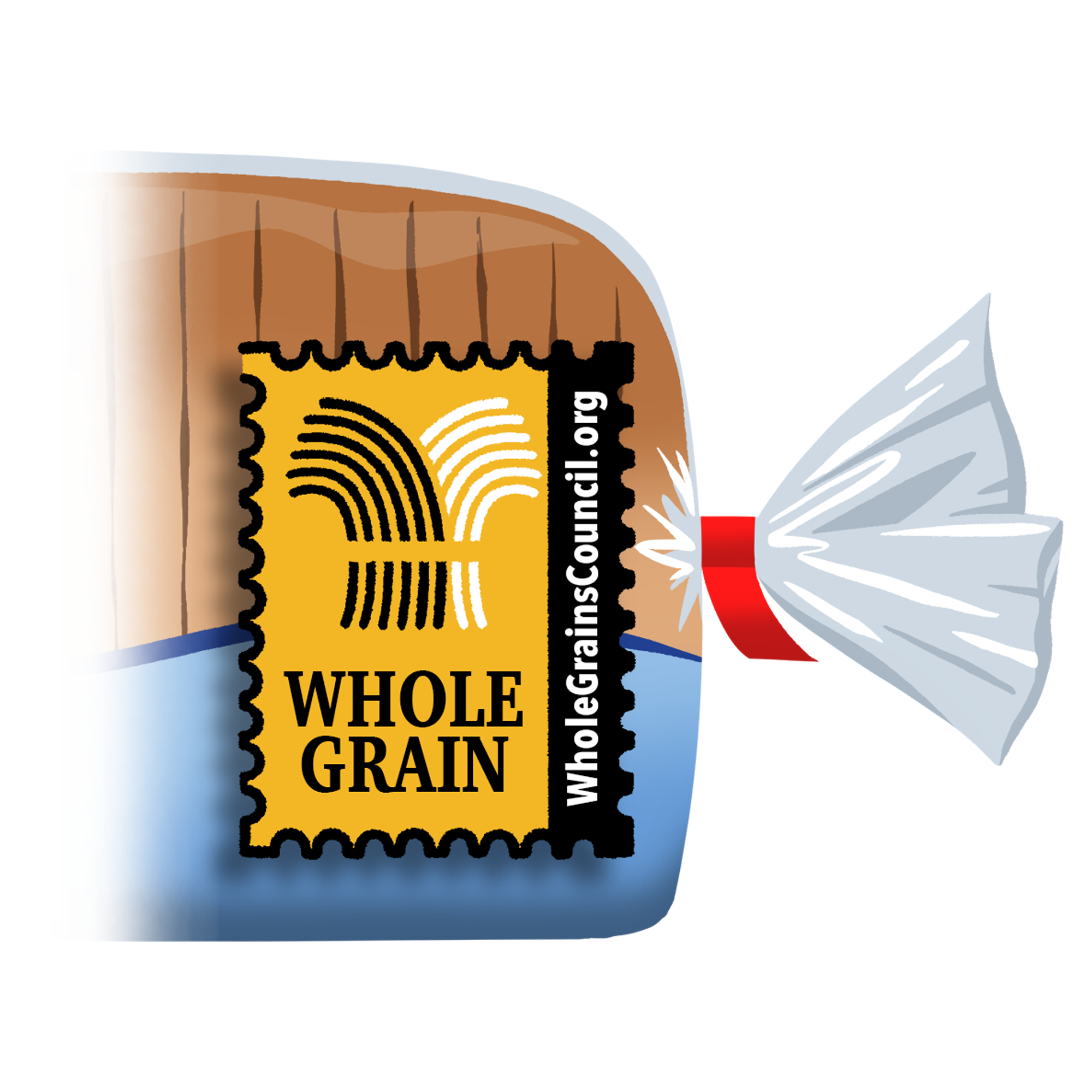
2. Whole Grain
The logo of the Whole Grains Council, a nonprofit supported by food companies, appears on grain-based foods like breads and cereals. The stamp comes in different varieties that confusingly look the same. The “100%” stamp means that all grain ingredients are whole grain, with a minimum of 16 grams per serving — for example, one slice of bread. The “50%” stamp signifies that at least half of grain ingredients are whole grain. The basic stamp requires 8 grams of whole grains per serving; the catch is that the bread may contain more refined grains than whole grains.

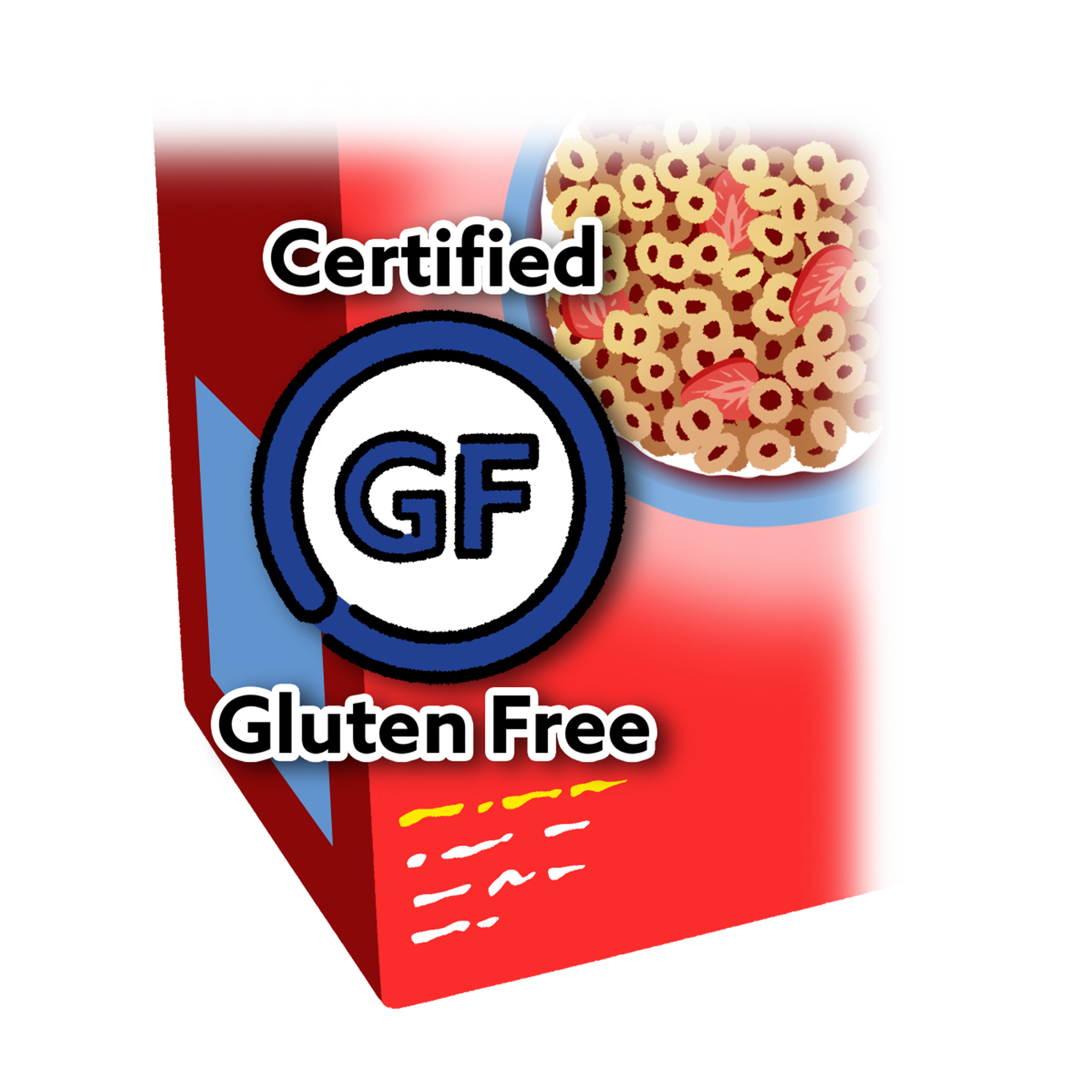
3. Certified Gluten-Free
The National Celiac Association says that foods with these labels are safe to eat for anyone with celiac disease, an immune disorder. Foods not labeled gluten-free may also be OK; go to the NCA’s website for advice.
4. Kosher

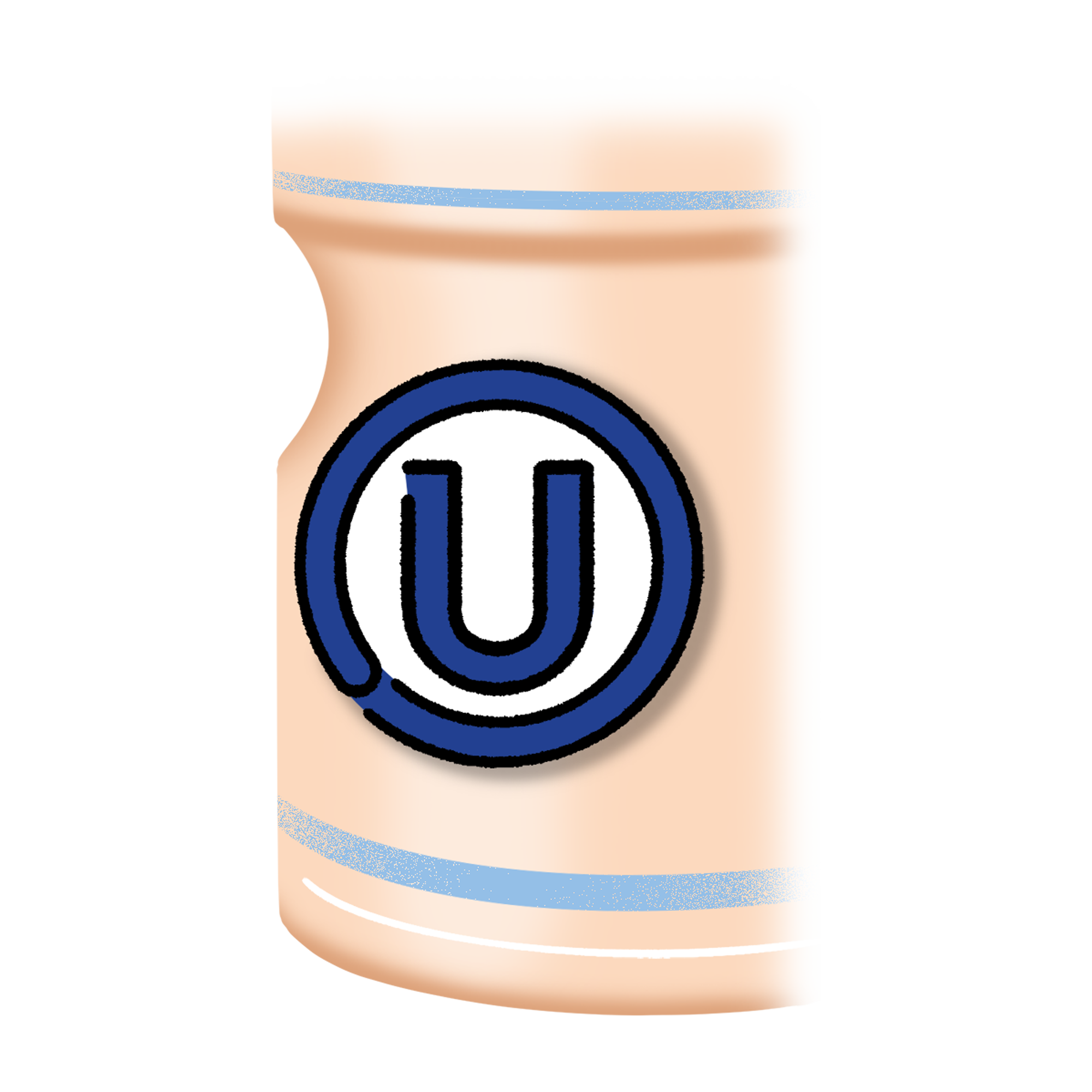
Kosher icons can easily flag certain foods for you if, say, you are lactose-intolerant or allergic to shellfish. Kosher means food was processed using Jewish religious standards, which ban many animal products, including pork and shellfish, as well as foods combining meat and dairy ingredients. To find foods without meat or dairy, look for the letter U with a circle around it; or the letter K or a K inside a circle logo, adjacent to the word “Parve” or “Pareve.”
While these foods have no dairy or meat ingredients, they might include fish or eggs. If the product has the OU or OK symbol and the letter D, M or F, that means it’s a kosher dairy, meat or fish product.































































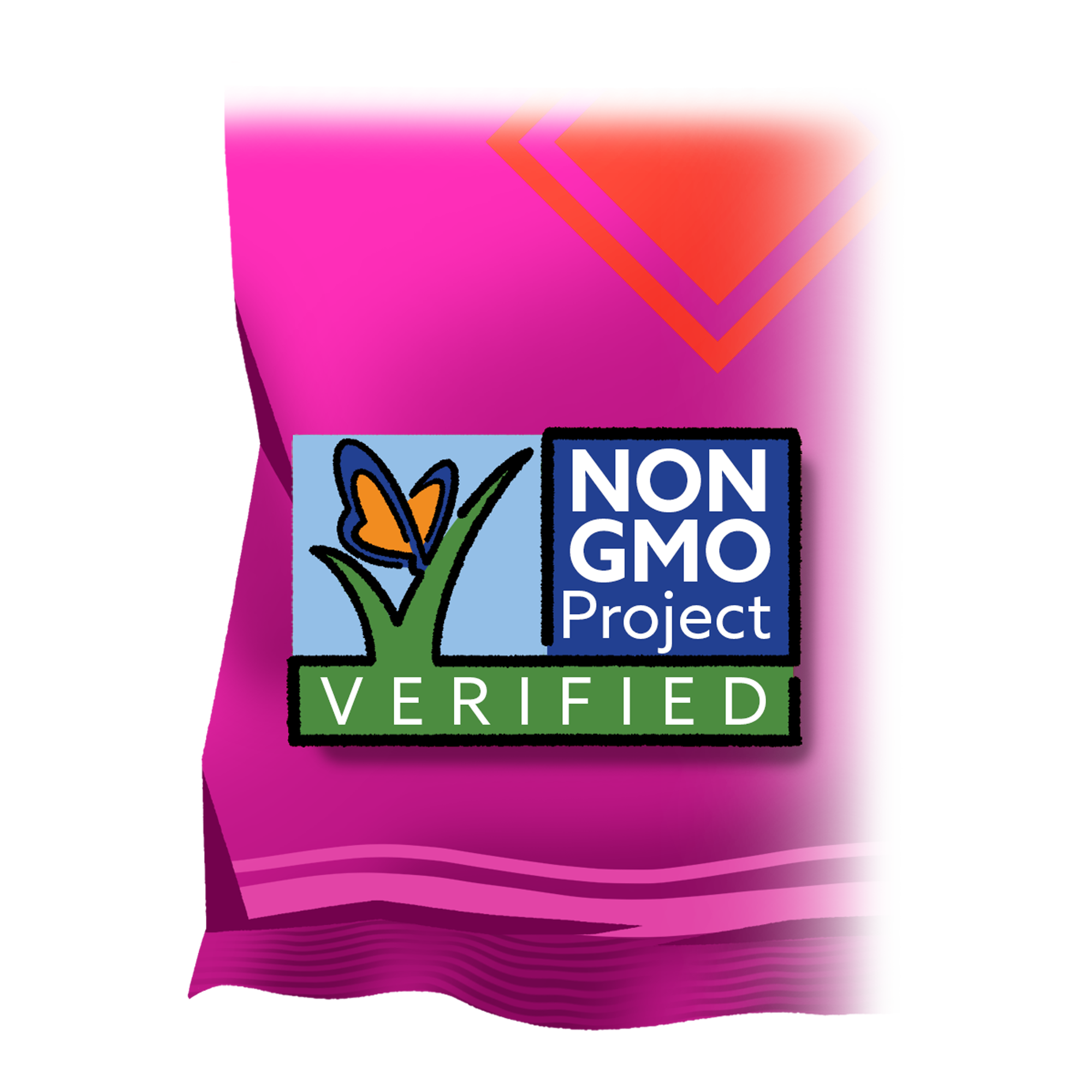



You Might Also Like
10 Unexpected, Low-Effort Recipes for Your Air Fryer
Air fryers are a great appliance for older adults. Here's why, along with fun new recipes to try
Doctor, How Can I Lose Weight?
A physician's advice for dropping a few pounds
Our Friends Drink but We Don't. We're Tired of Splitting Restaurant Bills 50/50
The tactful way to ensure you don't pay for your dining companions' booze